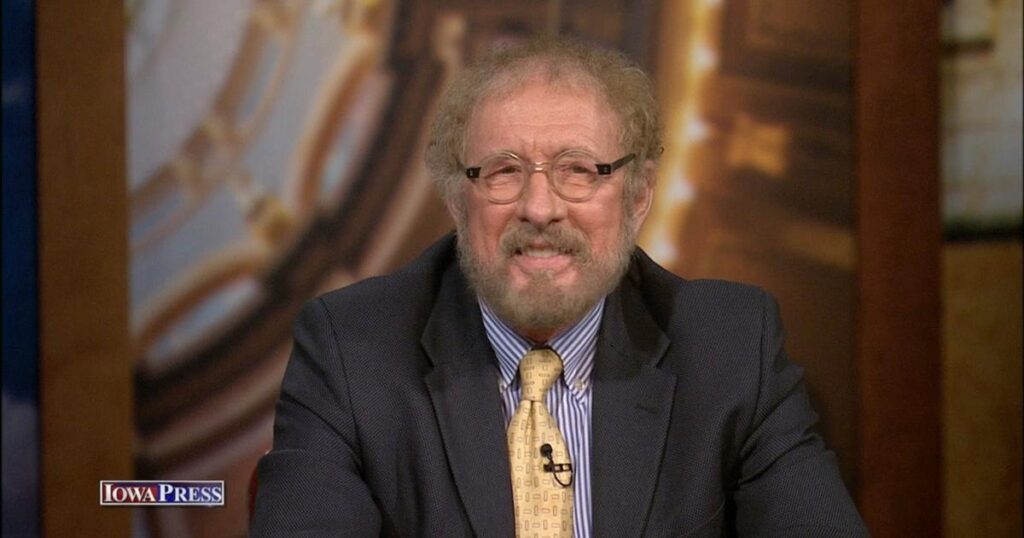OMAHA – The rating of the Midwest’s economic outlook declined sharply in November, despite signs that the Federal Reserve won’t hike interest rates at its meeting in December.
From 51.5 in October to 42.4 in November, the Creighton University Mid-America Business Conditions Index experienced a decline. A score higher than 50 indicates progress.
According to economist Ernie Goss, the indicator is at its lowest point since June 2020, during the early phases of the epidemic, at 42.4.
Regarding other study highlights, he states that as of 2023, the inflation rate is still higher than the Federal Reserve’s aim.
“Instead of deflation, what we’re witnessing is disinflation. Some politicians claim that prices are dropping, but it is untrue. Pay attention to them. The cost of growth rate is decreasing. That will probably stop now, and a lot will rely on how much oil and other energy-related products cost.”
Currently holding the MacAllister Chair at Creighton University in Omaha, Nebraska, is Ernie Goss, a professor of economics. In 1983, he graduated with a doctorate in economics from the University of Tennessee. In Fall of 2005, Goss was selected by the Attorney General of Nebraska to lead a task committee that was looking into petrol prices in the state. From 2003 to 2004, he was a visiting scholar with the Congressional Budget Office. In 1991 and 1992, he worked as a faculty research fellow for the National Aeronautics and Space Administration (NASA).
He has authored more than eighty research projects, most of which have been on statistical analysis of business and economic data as well as economic forecasting. In 2003, Praeger Press published his book “Changing Attitudes towards Economic Reform during the Yeltsin Era,” and in 2007 the University of Michigan Press published his book “Governing Fortune: Casino Gambling in America.”
Three times a year, the economics newsletter “Economic Trends” is edited by him. He served as president of the National Purchasing Management Association-Nebraska and the Omaha Association of Business Economics in the past. In addition, he is a member of Mosaic, Inc.’s board of directors. Goss performs two monthly surveys of businesses in 12 states and a monthly poll of bank CEOs in rural areas of nine states to assess regional economic circumstances. Each month, the results of the three surveys are published in more than 100 newspapers, 20–30 radio stations, and several other media outlets.
The inflation rate
Prices for goods and services are always subject to change in a market economy. Some costs increase, while others decrease. When prices of goods and services rise generally rather than simply for specific products, it is referred to as inflation; in other words, you can now buy less for €1 than you could a day ago. Put another way, over time, inflation lowers the value of the currency.
The prices of goods we spend more money on, like electricity, are given more weight for determining the average price rise than the prices of goods we spend less money on, like sugar or postal stamps.
Every household travels in a different way or is vegetarian; some own cars and consume meat, while others only use public transit. The weights assigned to various products and services in the inflation calculation are based on the average spending patterns of all households combined.
All products and services consumed by households are included in the inflation calculation, including consumables, durable goods, and services.
A “basket” of commodities is a representation of all the goods and services that households utilise throughout the course of the year. Each item in this basket has a price that is subject to change. The price of the entire basket in a particular month as compared to the same month the previous year is the yearly rate of inflation.
